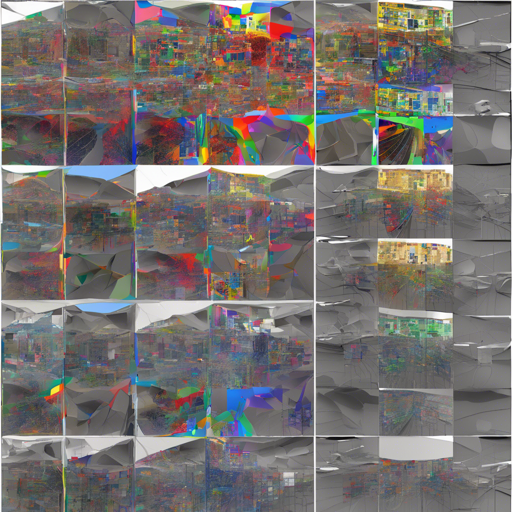In this article, we will unravel the process of implementing semantic segmentation using Fully Convolutional Networks (FCN) with a pretrained 34-layer ResNet. This end-to-end approach employs transposed convolution layers and skip connections, making it an efficient choice for image segmentation tasks. Let’s dive in!
Understanding the Concept through Analogy
Think of semantic segmentation like a colossal art project where each pixel in an image represents a tiny piece of a larger mosaic. In this project, we want to classify each piece according to its color (or category). A Fully Convolutional Network works much like an artist who has a specific plan (the network architecture) and uses various brushes (the layers) to meticulously paint each piece of the mosaic based on its characteristics.
The artist starts with a rough outline, where the pretrained ResNet serves as the initial sketch. They then refine their work by removing the fully connected layers, which are similar to putting away large canvases and focusing on fine details. The addition of transposed convolutions brings depth to the artwork, allowing the artist to build layers of colors, while the skip connections ensure that the artist can revisit earlier strokes, making corrections where necessary.
Requirements
Instructions
Follow these steps to set up and train your semantic segmentation model:
- Install the Required Software: Ensure you have CUDA for running the training efficiently. Adjust the crop size and batch size according to your GPU memory (the default settings require around 10GB of GPU RAM).
- Register on the Cityscapes Website: Access the dataset by signing up at the Cityscapes website.
- Download and Extract the Data: Obtain the training and validation RGB data (leftImg8bit_trainvaltest) along with the ground truth data (gtFine_trainvaltest).
- Run the Training Script: Execute the following command:
A Dataset object will be established, supplying the RGB inputs, one-hot targets (for independent classification), and label targets. The training process will involve randomly cropping and flipping the images for variance. Once testing is completed, IoU scores will be calculated, along with a subset of colored predictions matching the ground truth.python main.py
Troubleshooting
Encountering issues during setup or training? Here are some troubleshooting tips:
- If you encounter memory issues, lower your crop and batch sizes.
- Ensure you have the necessary permissions to download the dataset from the Cityscapes website.
- If the model does not converge well (stuck at ~40 IoU), consider experimenting with different hyperparameters or using a different network architecture.
- Check that all dependencies are properly installed to avoid runtime errors.
For more insights, updates, or to collaborate on AI development projects, stay connected with fxis.ai.
At fxis.ai, we believe that such advancements are crucial for the future of AI, as they enable more comprehensive and effective solutions. Our team is continually exploring new methodologies to push the envelope in artificial intelligence, ensuring that our clients benefit from the latest technological innovations.
Conclusion
Implementing semantic segmentation using Fully Convolutional Networks can be a powerful tool in the world of image processing. By following the above steps and troubleshooting common issues, you can leverage this method for your own projects successfully.

